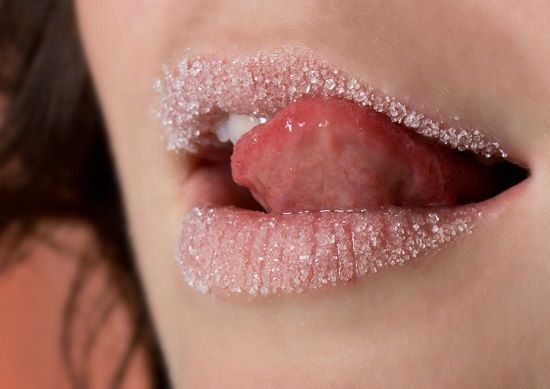Recent studies haven’t been kind to sugar.
One found it could be eight times more addictive than cocaine. When researchers offered rats an Oreo or morphine, they gravitated towards the sweet stuff. “Animal studies have shown that refined sugar is more addictive than cocaine, heroin or morphine,” says Pam Peeke, MD, author of The Hunger Fix.
We’re not rodents, but researchers believe sugar addiction can also occur in humans, which contribute to eating disorders and obesity. One study found “palatable food stimulates neural systems implicated in drug dependence.” Another found the brain of a sugar addict performs similarly to a drug addict.
Here’s where I risk alienating some readers: not only is sugar addiction real, but the majority of us are likely addicted. Even as health-conscious people who are dialed in to healthier options, we have to remember that sugar hides in strange places like vinaigrette dressings, sundried tomatoes and glazed meat sauces.
Those sneaky sugars add up around our waistlines. According to Mark Hyman, MD, Americans eat 146 pounds of flour, which converts to sugar, every year. Coupled with the 152 pounds of added sugar, the average person consumes almost a pound of sugar every day. “Little wonder that nearly 70 percent of Americans and 40 percent of kids are overweight,” he says.
Blame our brain for this addiction. Just like with drugs, when we eat a sugary food, our brain’s reward centers release feel-good neurotransmitters. Studies show that binging on sugary foods keeps feel-good dopamine revved up. That surge gives us intense pleasure and blocks pain, similar to injecting heroin.
Short-term gratification isn’t worth it for our health or our midsections. Sugar addiction knocks insulin and other fat-regulating hormones out of whack, triggering more hunger, cravings, and food intolerances. One study found that this domino addictive pattern will be relevant in the following meals.
I want to challenge everyone to become intensely aware of where sugar hides. One client tallied it up and learned she ate almost 100 grams of added sugar every day from so-called healthy foods like low-fat yogurt.
The next step involves breaking that addiction: going cold turkey (probably) won’t work. We’ve done that and felt awful, crashed terribly, and probably raided our freezer about 10:45 p.m. for that half-eaten butter pecan pint that we then happily devoured watching Seinfeld reruns.
Completely eliminating sugar all at once leaves us craving and running for the nearest sugar fix. That’s why I developed a better plan to gradually taper off high-sugar impact foods. It outlines all of the benefits of transitioning off sugar without withdrawal and other miseries. When I did a test trial, many clients lost up to 10 pounds in two weeks as they shifted from being sugar burners to fat burners.
They also actually tasted food again. As a sugar addict, they suddenly realized their diet tasted bland and high-sugar impact foods had hijacked their taste buds.
As awareness grows, sugar addiction will become a popular and probably controversial topic. Based on these studies and your own experience, is sugar addiction real or are we overblowing what could be a simple pleasure? Agree, respectfully disagree, but share your comments below or on my Facebook fan page.
*
References
NM Avena, et al., “Evidence for sugar addiction: Behavioral and neurochemical effects of intermittent, excessive sugar intake,” Neuroscience Biobehavorial Review 32, no 1 (2008): 20-39.
DM Blumenthal and MS Gold, “Neurobiology of food addiction,” Current Opinion in Clinical Nutrition and Metabolic Care 13, no 4 (2010): 359-65.
C Colantuoni, et al., “Excessive sugar intake alters binding to dopamine and mu-opioid receptors in the brain,” Neuroreport 12, no 16 (2001): 3549-52.
AN Gearhardt, et al., “Neural Correlates of Food Addiction,” Archives of General Psychiatry 68, no 8 (2011):808-16.
BS Lennerz, et al., “Effects of dietary glycemic index on brain regions related to reward and craving in men,” The American Journal of Clinical Nutrition 98, no 3 (2013): 641-7.
P Peeke, The Hunger Fix (New York: Rodale, 2012).
Student-faculty research suggests Oreos can be compared to drugs of abuse in lab rats. Connecticut College News, 2013.
Rada, P. et al. Daily bingeing on sugar repeatedly releases dopamine in the accumbens shell. Neuroscience. Volume 134, Issue 3, 2005, Pages 737–744.
Love elephant and want to go steady?
Sign up for our (curated) daily and weekly newsletters!
Author: JJ Virgin
Editor: Renée Picard
Photo: Jeanny at Flickr











Read 1 comment and reply